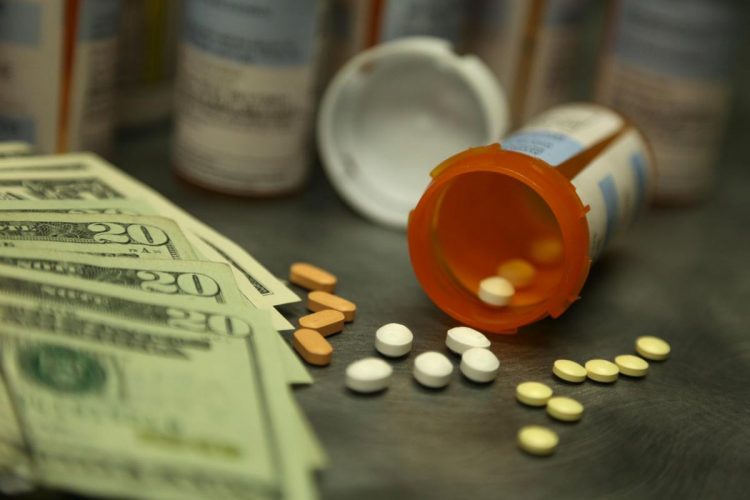President Donald Trump is set to deliver his first major policy speech about drug costs this week. The president’s budget outlined several targeted initiatives in this area, and recent comments by the Health and Human Services Secretary Alex Azar indicate that the administration is developing a larger, more comprehensive plan to address the drug pricing issue.
Here are some meaningful drug pricing strategies that should be addressed.
- Transparency
As consumers and payers become more attune to the cost of prescription drugs, they are demanding greater transparency. In the private sector, there are recent consumer-centered transparency efforts, such as comparison-shopping sites and pharmacy benefit management companies extending their discount programs to those without drug insurance.
Yet, in the administration of government programs, transparency lags. Two such examples are the 340B program and the Medicare Part D program.
The liberal Left continue to push their radical agenda against American values. The good news is there is a solution. Find out more >>
340B Program. The 340 B program requires prescription drug manufacturers to provide certain drugs at a reduced price to eligible health care providers as a condition for participation in the Medicaid program.
As the program has grown, it has faced increased scrutiny over its mission and administration. A recent report by the House Energy and Commerce Committee found that the program lacks adequate oversight and that increased transparency in the program is needed to establish greater accountability. Administrative and legislative action should focus on refining the scope of the program and providing better oversight and accountability for those that participate.
Medicare Part D Program. There should also be greater transparency about the rebates and discounts that Medicare Part D prescription drug plans receive from drugmakers.
The plans are supposed to pass most of those savings onto the beneficiaries (who pay 25 percent of the premiums) and the taxpayers (who pay 75 percent of the premiums). However, the way the Part D program currently accounts for those rebates and discounts can result in plans passing on fewer savings, or having weak incentives to get the best deals for beneficiaries and taxpayers.
Administrative and legislation action should focus on ensuring seniors share in these savings more directly either at the point of sale or perhaps with a premium rebate at the end of the year.
- FDA Regulation
Patient safety and protection of intellectual property are important in the prescription drug arena. But overregulation can also drive up costs by hindering the entry of generics and therapeutically similar drugs onto the market. […]
Want more BFT? Leave us a voicemail on our page or follow us on Twitter @BFT_Podcast and Facebook @BluntForceTruthPodcast. We want to hear from you! There’s no better place to get the #BluntForceTruth.







